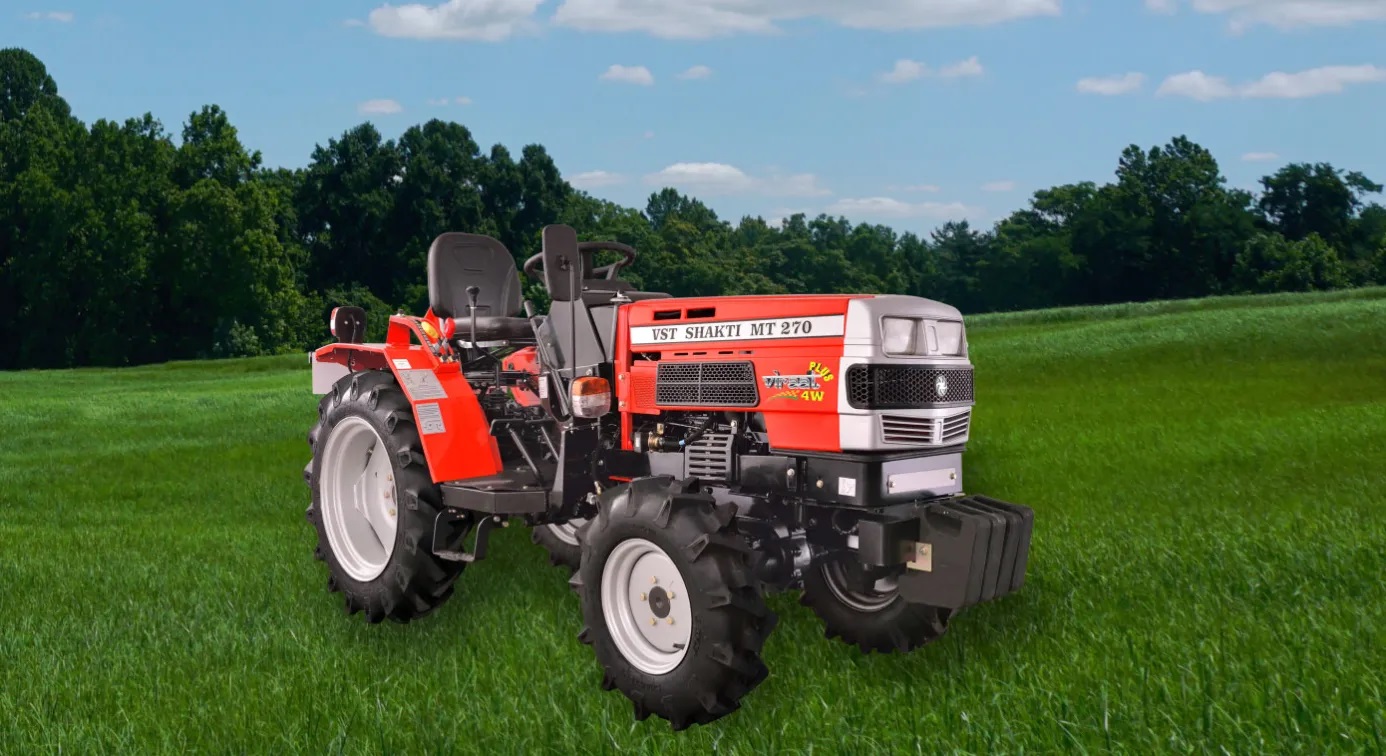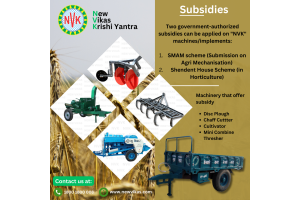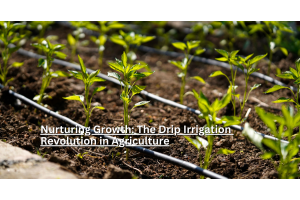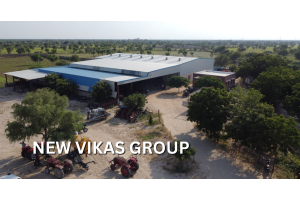
The Evolution of Farming
Traditional farming practices were characterized by manual labor, animal-drawn plows, and limited mechanization. These methods required a substantial workforce, long hours, and often resulted in lower yields. As the population grew, so did the demand for more efficient farming practices.
Tractors: A Game Changer
By introducing tractors into agriculture, a significant transformation took place. Tractors have become a symbol of mechanization in farming, revolutionizing the industry. Here's how:
1. Increased Efficiency
Tractors are designed to plow, sow, and harvest with precision and speed. This increased efficiency saves time and labor, allowing farmers to tend to larger areas of land.
2. Enhanced Productivity
Tractors are equipped with various attachments and implements, such as plows, seeders, and harvesters, making it easier to adapt to different crops and soil types. This adaptability leads to higher crop yields.
3. Reduced Physical Strain
With tractors handling heavy tasks, farmers are less burdened by manual labor, reducing the physical strain associated with traditional farming.
4. Sustainability
Modern tractors are built with fuel efficiency and reduced emissions in mind, contributing to more environmentally friendly farming practices.
The Blend of Tradition and Innovation
Tractors have not replaced traditional farming practices entirely; instead, they have blended with them. This integration is particularly evident in many developing countries, where small-scale farmers still rely on traditional methods alongside tractors. This coexistence preserves cultural practices and local knowledge while reaping the benefits of modern technology.
Conclusion
In the ever-evolving world of agriculture, tractors stand as a symbol of progress, uniting traditional wisdom with modern technology. They have not only increased productivity and reduced physical strain but have also contributed to sustainable farming practices. The bridge they create between tradition and innovation ensures that agriculture continues to thrive, adapt, and feed the world.





